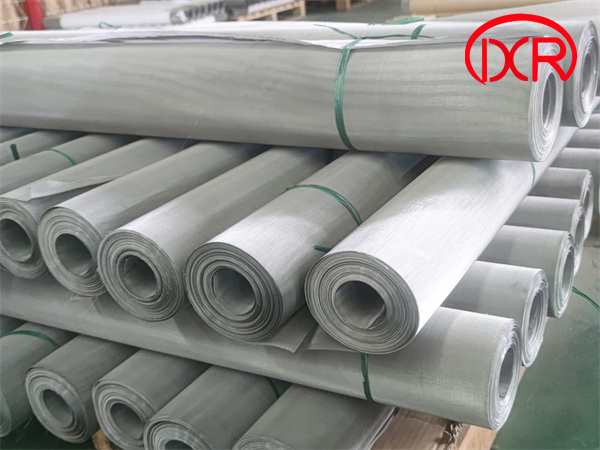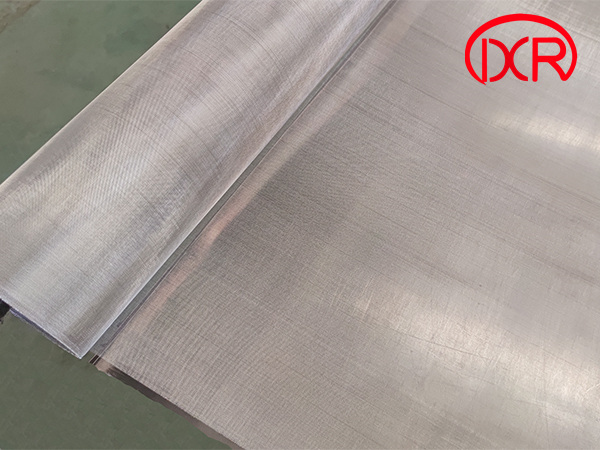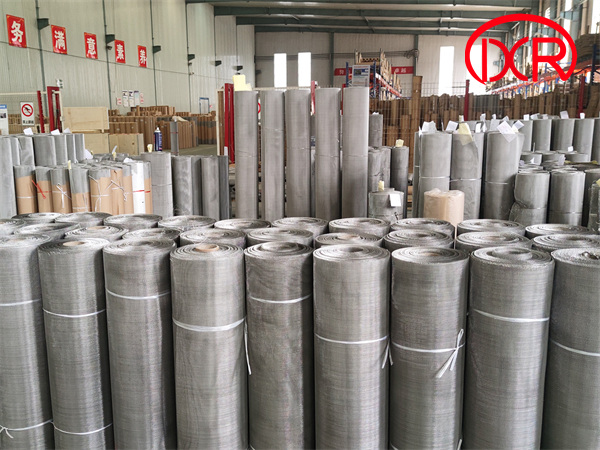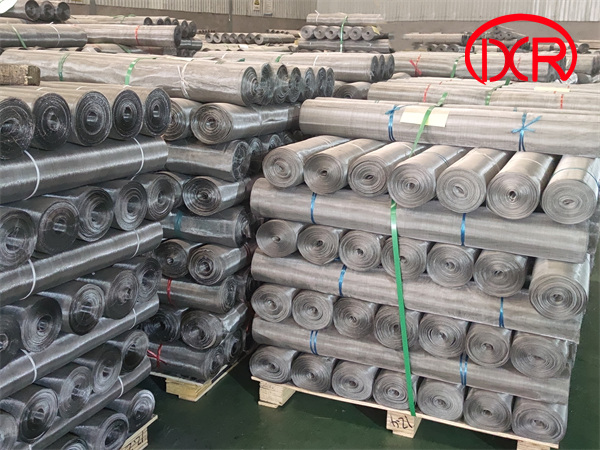There are significant differences between Hastelloy wire mesh and Monel wire mesh in many aspects. The following is a detailed analysis and summary of the differences between them:
chemical composition:
· Hastelloy wire mesh: The main components are alloys of nickel, chromium and molybdenum, and may also contain other alloying elements such as tungsten and cobalt. This alloy is known for its excellent corrosion resistance, high-temperature strength, and ease of fabrication.
· Monel wire mesh: The main component is an alloy of nickel and copper, and also contains a small amount of elements such as iron, manganese and silicon. Monel alloy is known for its excellent corrosion resistance, high strength and ease of fabrication.
Physical properties:
· Hastelloy wire mesh: has high temperature strength and can maintain its performance at temperatures up to 1100°C. This makes it ideal for high temperature applications such as furnace components and burner components.
· Monel wire mesh: Known for its high strength and toughness, it can maintain good performance even at low temperatures. Therefore, it is often used in deep-sea drilling, submarine cables, aircraft components and other equipment that need to operate in sub-zero environments.
Corrosion resistance:
· Hastelloy wire mesh: It has excellent corrosion resistance and can resist various corrosive media, including acids, alkalis and salt water. Its high molybdenum and chromium content make the alloy resistant to chloride ion corrosion, and the tungsten element further improves corrosion resistance.
· Monel wire mesh: It also has good corrosion resistance, especially in seawater, chemical solvents and various acidic media. In addition, it does not produce stress corrosion cracking and has good cutting performance.
Processing performance:
· Hastelloy wire mesh: Due to its high heat resistance and hardness, it is difficult to process. High-speed steel or carbide cutting tools and special techniques are required to cut effectively.
· Monel wire mesh: The processing performance is relatively good and can be easily processed using suitable tools and equipment.
cost:
· Hastelloy wire mesh: usually costs more than Monel wire mesh due to the additional alloying elements. Cost may also vary based on grade, thickness, and application.
· Monel Screen: Relatively cheap, but cost will vary depending on grade and application.
Application areas:
· Hastelloy wire mesh: widely used in industries requiring high temperature and corrosion resistance such as chemical processing, oil and gas, power generation and pharmaceuticals.
· Monel wire mesh: Mainly used in chemical and petrochemical industries, marine development and other fields, especially suitable for equipment and components in seawater, chemical solvents and various acidic media.
To sum up, there are significant differences between Hastelloy wire mesh and Monel wire mesh in terms of chemical composition, physical properties, corrosion resistance, processing performance, cost and application fields.
Post time: Jun-20-2024







